Home>Technology>Smart Home Devices>What Is A PPD On A Printer
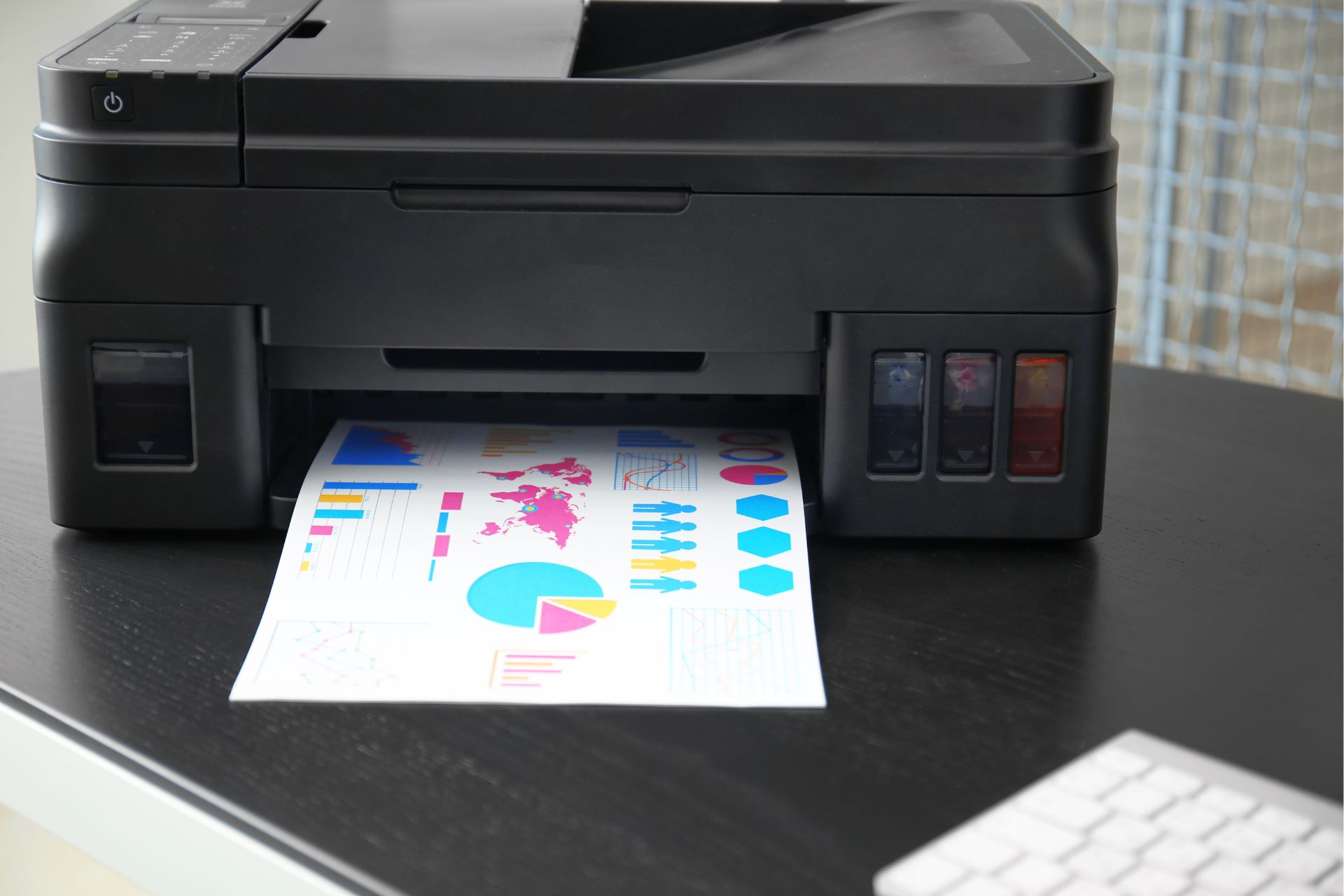

Smart Home Devices
What Is A PPD On A Printer
Published: January 7, 2024
Learn how PPD files work on a printer and how they can enhance the performance of your smart home devices. Explore the benefits of PPD files for seamless printing.
(Many of the links in this article redirect to a specific reviewed product. Your purchase of these products through affiliate links helps to generate commission for Storables.com, at no extra cost. Learn more)
Introduction
Welcome to the world of printers and the intricate components that make them function seamlessly. In this digital age, where the demand for high-quality printing is ever-increasing, it's crucial to understand the technical aspects that contribute to this process. One such crucial element is the PPD, which plays a pivotal role in ensuring that your printer produces the desired output with precision and accuracy.
The term "PPD" might sound unfamiliar to many, but its significance cannot be overstated in the realm of printing technology. PPD, which stands for PostScript Printer Description, is a critical file that contains information about the capabilities and requirements of a particular printer model. It acts as a bridge between the software application and the printer, facilitating the seamless translation of digital data into a format that the printer can understand and execute.
As we delve into the intricacies of PPD, you'll gain a deeper understanding of its purpose, functionality, and the crucial role it plays in optimizing the printing process. Whether you're a seasoned printing enthusiast or a novice navigating the world of printers, this exploration of PPD is bound to enhance your comprehension of this essential component and its impact on the overall printing experience. So, let's embark on this enlightening journey to unravel the mysteries of PPD and its significance in the realm of printing technology.
Key Takeaways:
- The PPD, or PostScript Printer Description, is like a translator between your computer and printer. It helps them understand each other so your printouts turn out just the way you want them to.
- Installing a PPD on your printer is like giving it a secret code to understand your print job requirements. It’s like teaching your printer a new language so it can speak your printing preferences.
Read more: What Is Printer Pooling
Definition of PPD
At its core, a PPD, or PostScript Printer Description, serves as a vital communication link between software applications and PostScript printers. It is essentially a text file that contains detailed information about the capabilities and characteristics of a specific printer model, enabling seamless interaction between the software and the printer. This file is integral in ensuring that the digital data sent to the printer is interpreted accurately and that the printer can execute the print job according to the desired specifications.
Within the PPD file, a comprehensive set of instructions and parameters are outlined, encompassing various aspects such as supported paper sizes, available fonts, color management settings, print resolution options, and other specific features unique to the printer model. This wealth of information equips the software application with the necessary details to communicate effectively with the printer, enabling precise control over the printing process and ensuring that the final output aligns with the user's preferences and requirements.
Moreover, the PPD file contains descriptions of the printer's capabilities in a language that the PostScript interpreter can understand, allowing for seamless integration of the printer into the digital workflow. This facilitates the translation of the print job's characteristics, such as color management and resolution, into commands that the printer can interpret and execute accurately, resulting in high-quality and consistent print outputs.
Understanding the intricacies of the PPD file is pivotal for optimizing the printing process, as it directly influences the interaction between the software application and the printer, ultimately impacting the quality, accuracy, and efficiency of the printing operation. By comprehending the nuances of the PPD and its role in the printing ecosystem, users can harness its potential to maximize the capabilities of their printers and achieve superior print results.
Purpose of PPD
The PPD, or PostScript Printer Description, serves a multifaceted purpose in the realm of printing technology, playing a pivotal role in ensuring seamless communication between software applications and PostScript printers. Its primary objectives encompass facilitating accurate print job interpretation, optimizing print output quality, and providing a standardized framework for printer integration within diverse digital environments.
One of the fundamental purposes of the PPD is to provide comprehensive information about the capabilities and characteristics of a specific printer model. This includes details such as supported paper sizes, available fonts, color management settings, print resolution options, and other unique features inherent to the printer. By encapsulating these details within the PPD file, software applications can effectively communicate with the printer, ensuring that print jobs are executed in accordance with the user's specifications and preferences.
Furthermore, the PPD file acts as a conduit for standardizing the interaction between software applications and PostScript printers. By encapsulating printer-specific details within a standardized format, the PPD enables seamless integration of diverse printer models into various digital workflows. This standardization not only streamlines the printing process but also ensures consistent print output across different printer models, enhancing interoperability and user experience.
Additionally, the PPD facilitates the seamless translation of print job characteristics, such as color management and resolution, into commands that the printer can interpret and execute accurately. This ensures that the digital data sent to the printer is accurately interpreted, resulting in high-quality and precise print outputs that align with the user's intended specifications.
Overall, the purpose of the PPD extends beyond mere technical specifications; it encompasses the optimization of the printing process, the standardization of printer integration, and the facilitation of accurate and high-quality print outputs. By fulfilling these objectives, the PPD plays a crucial role in enhancing the overall printing experience and empowering users to leverage the full potential of their printers within diverse digital environments.
How PPD Works
Understanding how the PostScript Printer Description (PPD) functions is integral to comprehending its role in the printing process. The PPD file serves as a critical intermediary component that facilitates seamless communication between software applications and PostScript printers, ensuring that print jobs are executed accurately and in accordance with the user's specifications.
When a print job is initiated from a software application, the application seeks to communicate with the printer to convey the specific requirements of the print job, such as paper size, color management settings, and print resolution. This communication is enabled through the PPD, which contains detailed information about the capabilities and characteristics of the printer model. The PPD file acts as a reference guide, providing the software application with the necessary details to accurately interpret and convey the print job requirements to the printer.
Upon receiving the print job data, the software application utilizes the information from the PPD file to generate a PostScript file that encapsulates the print job characteristics in a format that the printer can interpret. This PostScript file contains commands and instructions tailored to the specific capabilities of the printer, ensuring that the print job is executed with precision and accuracy.
Subsequently, the PostScript file is transmitted to the printer, where the built-in PostScript interpreter utilizes the information from the PPD to interpret the print job requirements. The interpreter translates the PostScript file into commands that the printer can understand, instructing it on how to execute the print job according to the specified parameters, such as paper size, orientation, and color management settings.
Through this intricate process, the PPD serves as a crucial liaison, enabling the seamless translation of digital print job characteristics into instructions that the printer can comprehend and execute accurately. By providing the necessary details and parameters, the PPD ensures that the software application and the printer can communicate effectively, ultimately leading to precise and high-quality print outputs that align with the user's preferences.
Overall, the functionality of the PPD revolves around its ability to equip software applications with the essential details required to communicate effectively with PostScript printers, enabling the accurate interpretation and execution of print jobs. By serving as a bridge between the software and the printer, the PPD plays a pivotal role in optimizing the printing process and ensuring consistent, high-quality print outputs.
A PPD (PostScript Printer Description) file contains information about the capabilities and features of a PostScript printer. It is used by the computer to communicate with the printer and ensure proper printing. When installing a PostScript printer, make sure to use the correct PPD file to ensure compatibility and optimal performance.
Compatibility with Printers
The compatibility of the PostScript Printer Description (PPD) with printers is a critical aspect that influences the seamless integration and functionality of the printing process. As a pivotal component in the interaction between software applications and PostScript printers, the PPD file must align with the specific capabilities and requirements of the printer model to ensure accurate print job execution and optimal performance.
Each printer model has unique characteristics and capabilities, ranging from supported paper sizes and print resolutions to color management settings and available fonts. The PPD file is tailored to encapsulate these specific details, providing a comprehensive description of the printer's capabilities in a format that can be understood by the software application and the printer itself.
Ensuring compatibility between the PPD and the printer is essential for facilitating accurate communication and print job execution. When the PPD aligns with the capabilities of the printer model, it enables the software application to convey print job requirements effectively, ensuring that the printer can interpret and execute the job with precision. This compatibility is crucial for optimizing the printing process and achieving consistent, high-quality print outputs that align with the user's preferences.
Moreover, the PPD file serves as a standardized framework for integrating diverse printer models into various digital workflows. By encapsulating printer-specific details within a standardized format, the PPD facilitates seamless interoperability between software applications and different printer models, ensuring consistent print output across various printing environments.
When considering compatibility, it is important to ensure that the PPD file corresponds to the specific printer model and its capabilities. This alignment guarantees that the software application can effectively communicate with the printer, leveraging its unique features to execute print jobs accurately and efficiently.
In essence, compatibility between the PPD and printers is integral to the smooth functioning of the printing process, enabling accurate interpretation of print job requirements and precise execution of print jobs. By aligning with the capabilities of the printer model, the PPD plays a crucial role in optimizing the printing experience and empowering users to achieve superior print outputs across diverse printing environments.
Read more: What Is IPP Printer
Installing PPD on a Printer
The process of installing a PostScript Printer Description (PPD) on a printer is a fundamental step in optimizing the printing experience and ensuring seamless communication between software applications and the printer. By incorporating the PPD file, users can harness the full capabilities of their printers, enabling precise control over print job execution and enhancing the quality and accuracy of print outputs.
Before initiating the installation of a PPD, it is essential to obtain the appropriate PPD file for the specific printer model. PPD files are typically provided by the printer manufacturer and can be obtained from the manufacturer's website or through the printer's installation software. Once the relevant PPD file is acquired, the installation process can commence.
The installation of a PPD on a printer typically involves the following steps:
- Accessing Printer Settings: Begin by accessing the printer settings or properties on the computer from which you intend to print. This can usually be achieved through the "Devices and Printers" or "Printers & Scanners" section in the computer's settings.
- Adding a Printer: Within the printer settings, select the option to add a new printer. This will initiate the printer installation process, allowing you to specify the printer model and connection type.
- Specifying PPD File: During the printer installation process, you will be prompted to specify the PPD file corresponding to the printer model. Select the option to "Have Disk" or "Choose a Driver," and navigate to the location where the PPD file is stored on your computer.
- Completing Installation: Follow the on-screen instructions to complete the installation process, ensuring that the PPD file is successfully incorporated into the printer settings.
Once the PPD file is installed on the printer, the software applications on your computer will be equipped with the necessary details to effectively communicate with the printer, enabling precise control over print job characteristics and ensuring accurate execution of print jobs.
It is important to note that the specific steps for installing a PPD on a printer may vary based on the operating system and printer model. Therefore, it is advisable to refer to the printer manufacturer's documentation or support resources for detailed guidance on installing the PPD file for a particular printer model.
By following the appropriate installation procedures and incorporating the PPD file into the printer settings, users can optimize the printing process, maximize the capabilities of their printers, and achieve superior print outputs that align with their preferences and requirements.
Conclusion
The PostScript Printer Description (PPD) stands as a cornerstone in the realm of printing technology, playing a pivotal role in facilitating seamless communication between software applications and PostScript printers. Its multifaceted significance encompasses providing detailed information about printer capabilities, standardizing printer integration, and enabling precise control over print job execution. Through its intricate functionality, the PPD empowers users to achieve high-quality, accurate print outputs that align with their preferences and requirements.
By delving into the intricacies of the PPD, we have gained a deeper understanding of its purpose, functionality, and the crucial role it plays in optimizing the printing process. The PPD serves as a vital conduit, equipping software applications with the essential details required to communicate effectively with PostScript printers, ensuring accurate interpretation and execution of print jobs.
Furthermore, the compatibility of the PPD with printers is integral to the seamless integration and functionality of the printing process. When the PPD aligns with the capabilities of the printer model, it enables accurate communication and precise print job execution, ultimately enhancing the overall printing experience.
Installing a PPD on a printer is a fundamental step in leveraging the full capabilities of the printer, enabling users to achieve superior print outputs across diverse printing environments. By following the appropriate installation procedures and incorporating the PPD file into the printer settings, users can optimize the printing process and maximize the capabilities of their printers.
In conclusion, the PPD serves as a critical enabler, empowering users to harness the full potential of their printers and achieve high-quality, accurate print outputs. Its role in facilitating seamless communication, standardizing printer integration, and optimizing the printing process underscores its significance as a foundational component in the world of printing technology.
As we continue to navigate the dynamic landscape of printing technology, the PPD remains an indispensable element, shaping the printing experience and empowering users to achieve exceptional print results with precision and efficiency.
Frequently Asked Questions about What Is A PPD On A Printer
Was this page helpful?
At Storables.com, we guarantee accurate and reliable information. Our content, validated by Expert Board Contributors, is crafted following stringent Editorial Policies. We're committed to providing you with well-researched, expert-backed insights for all your informational needs.
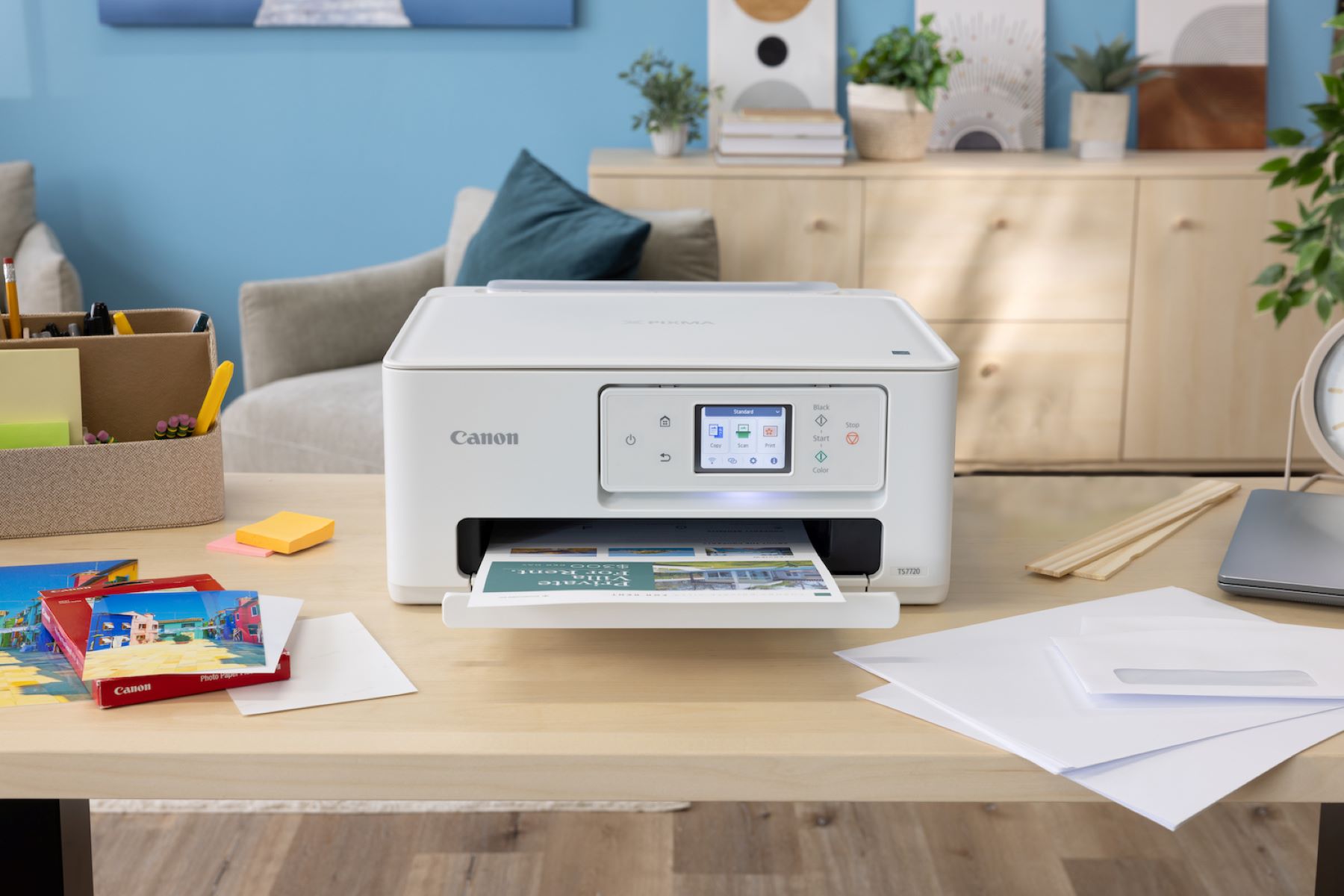
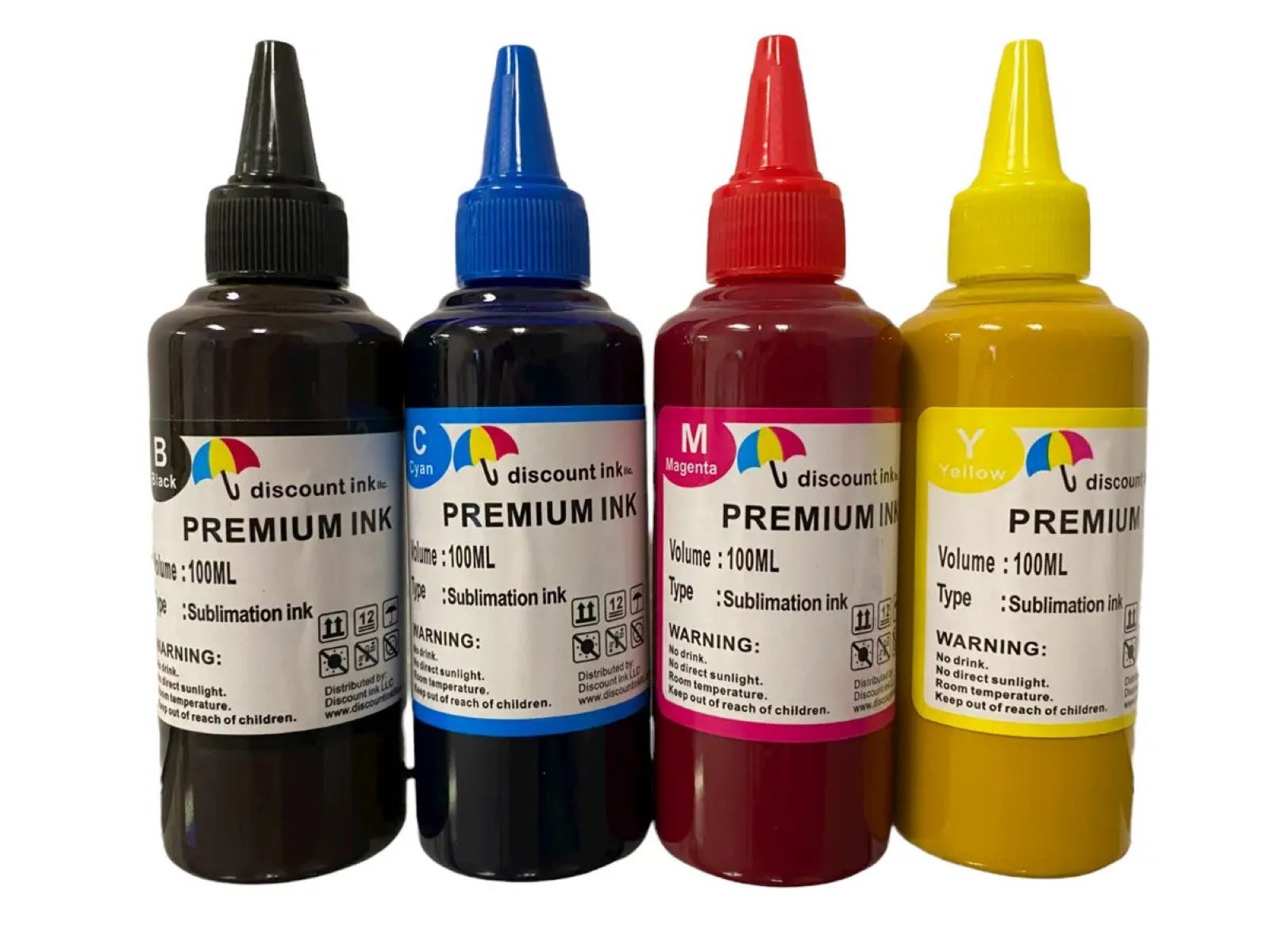
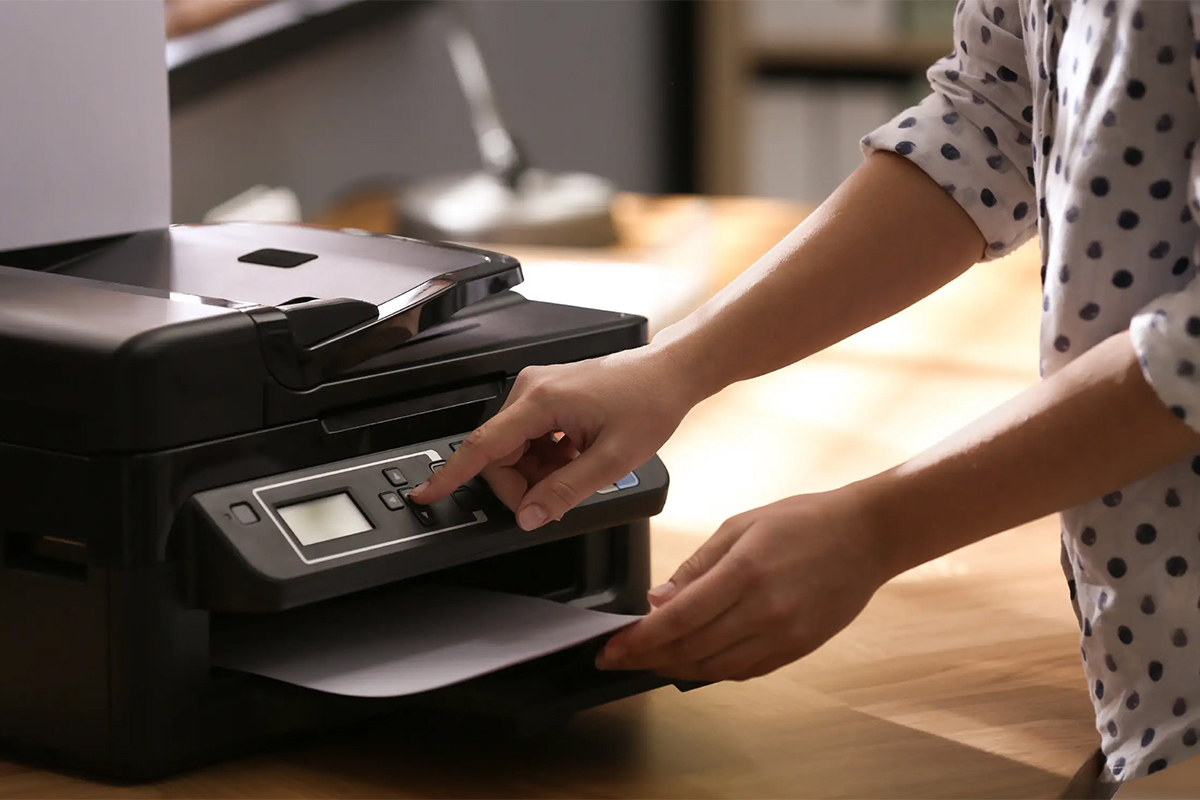
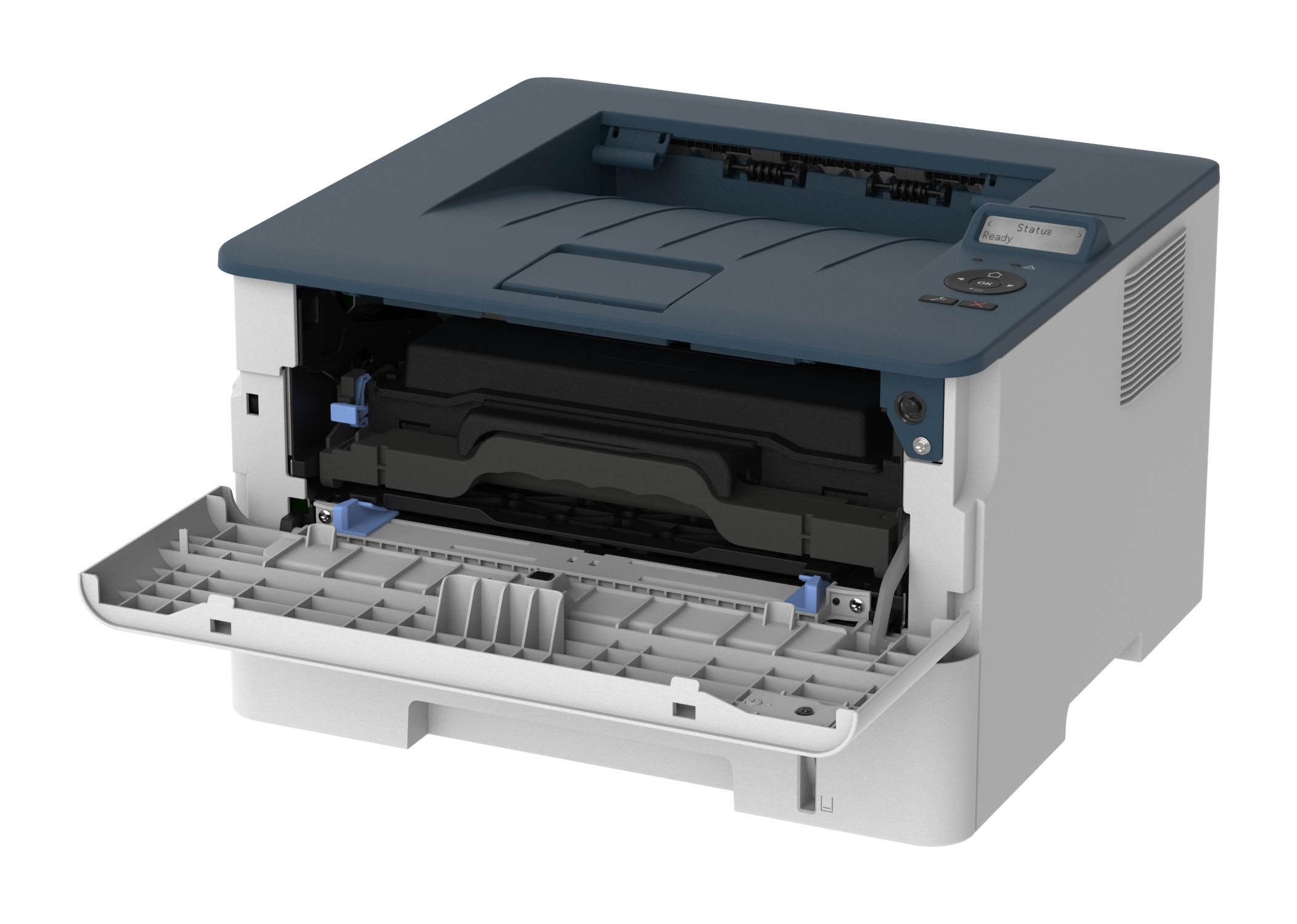
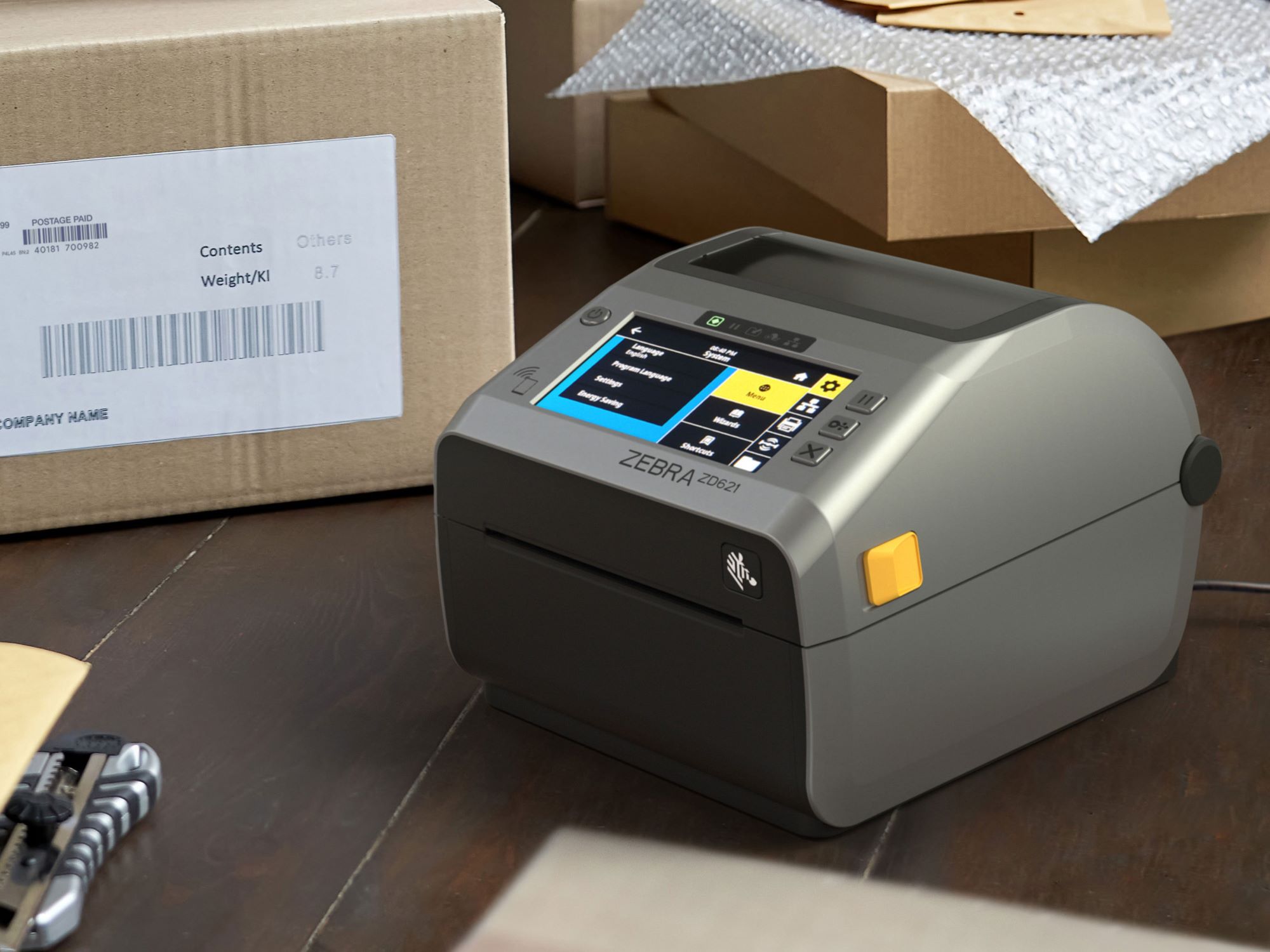
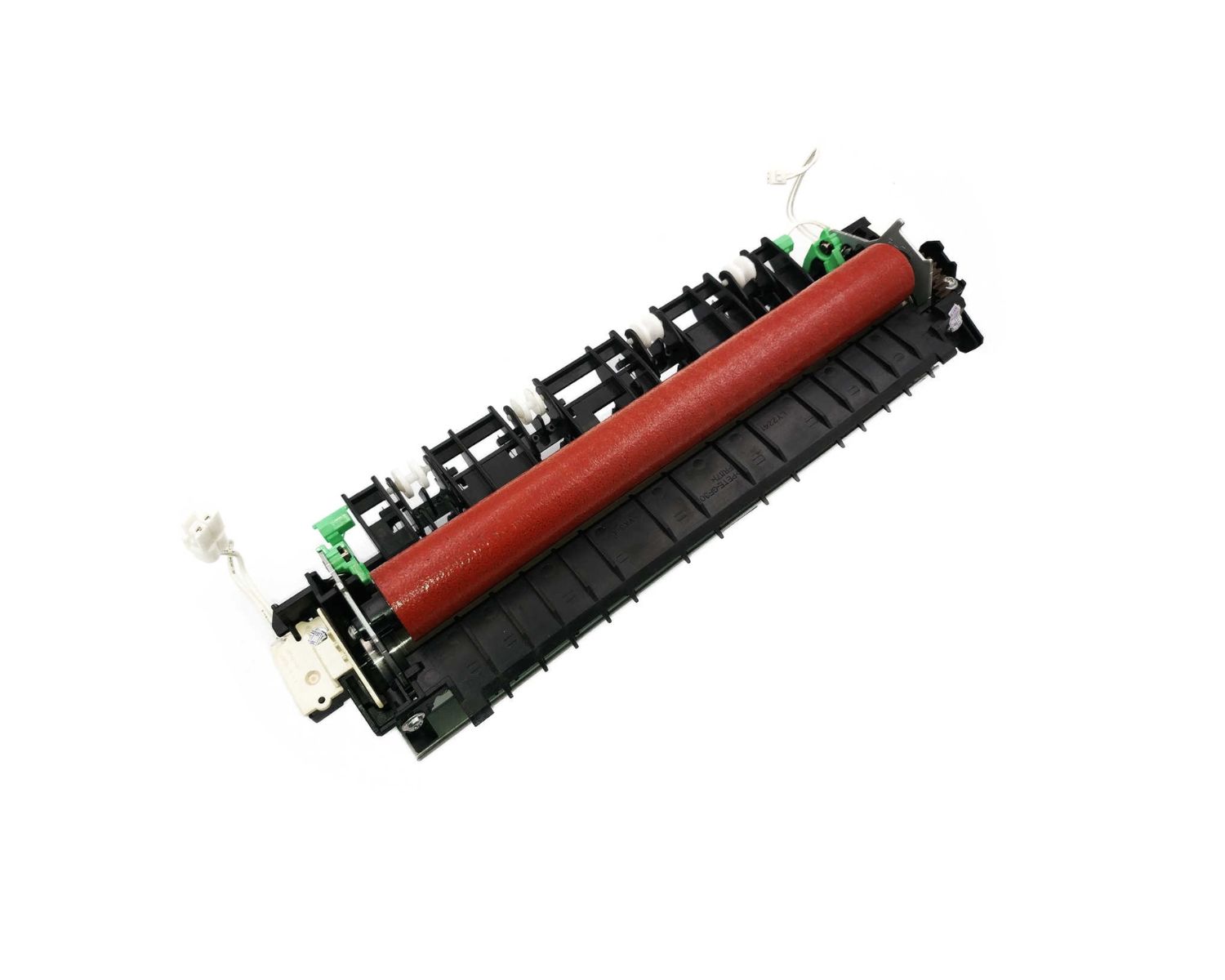
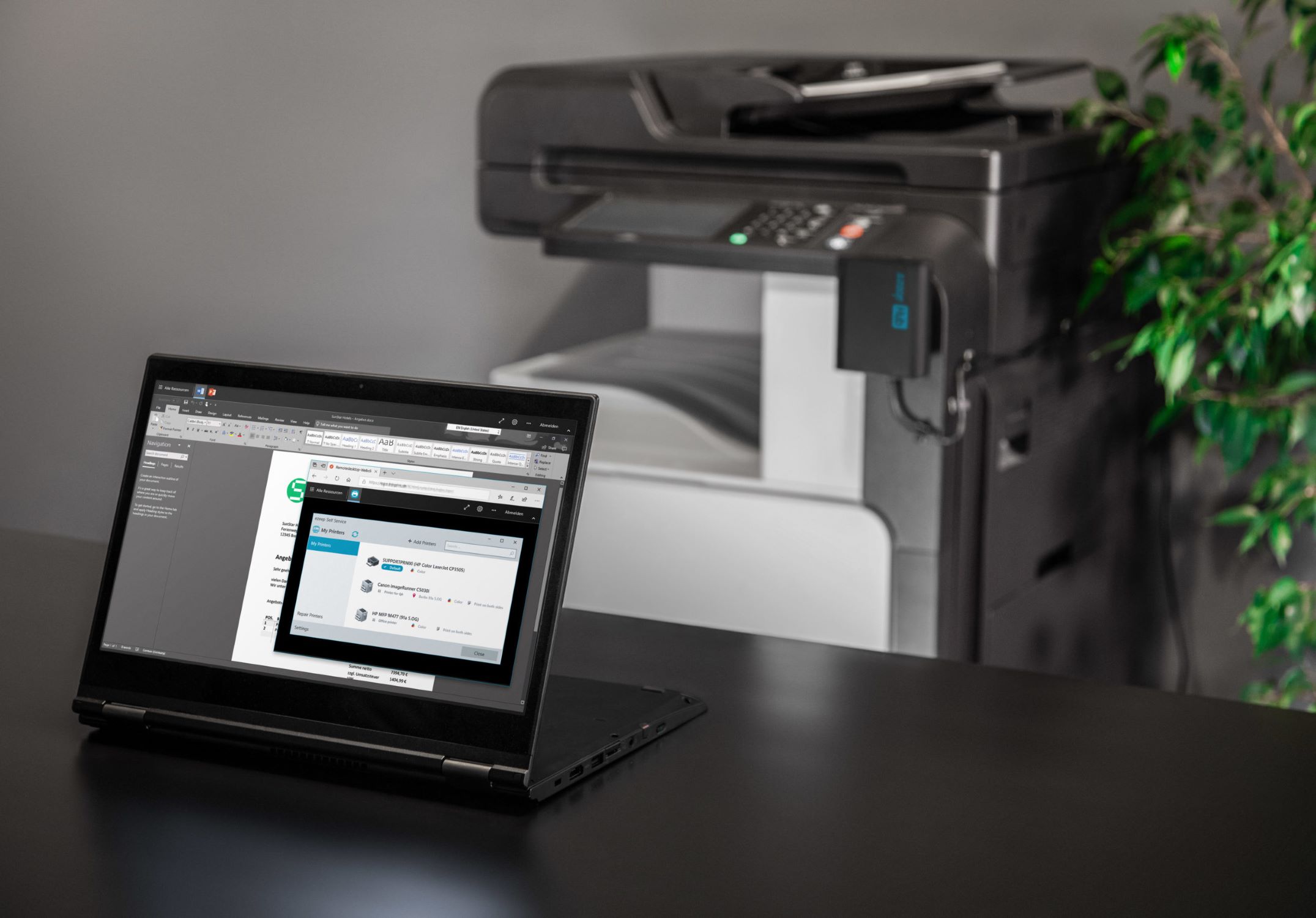
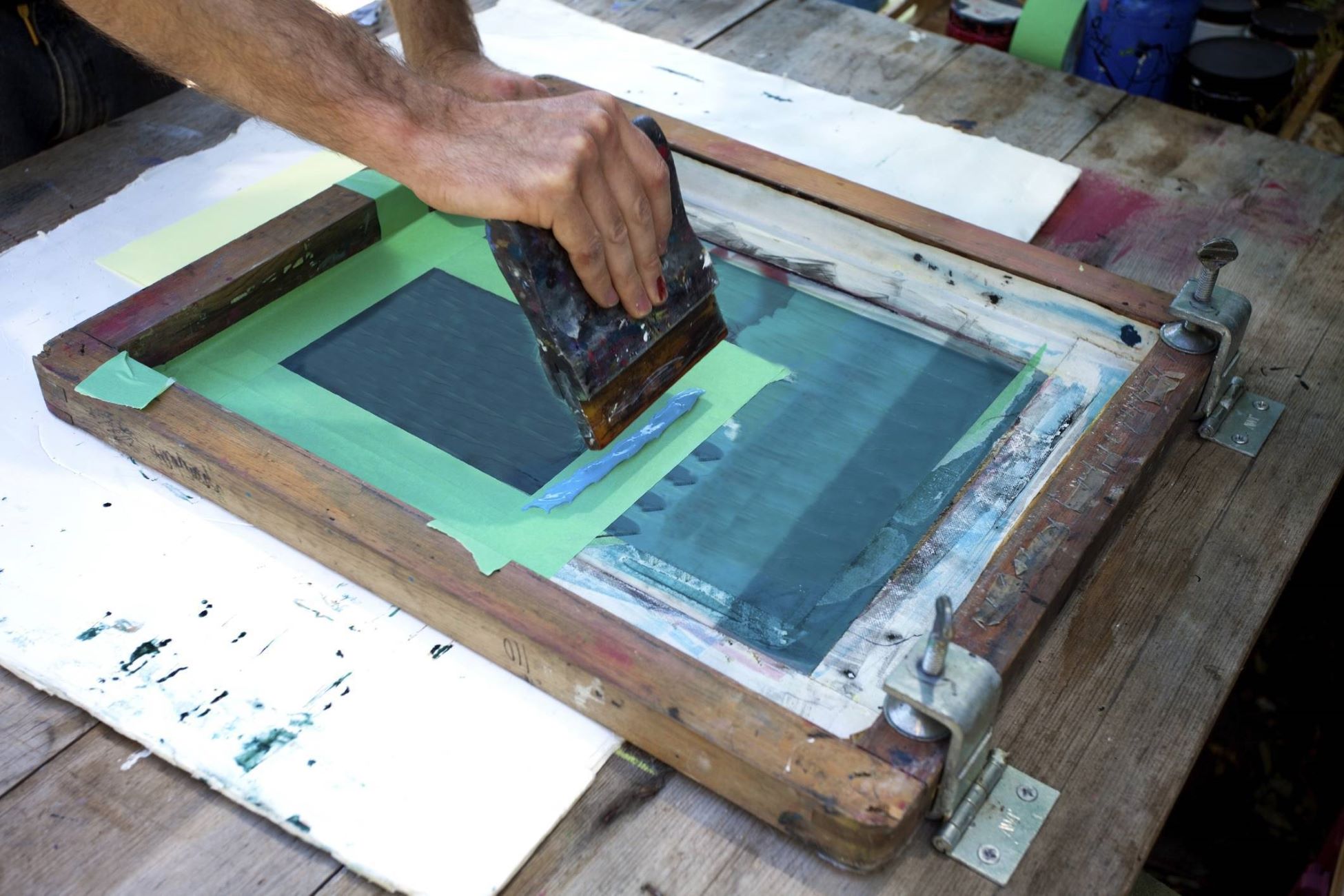

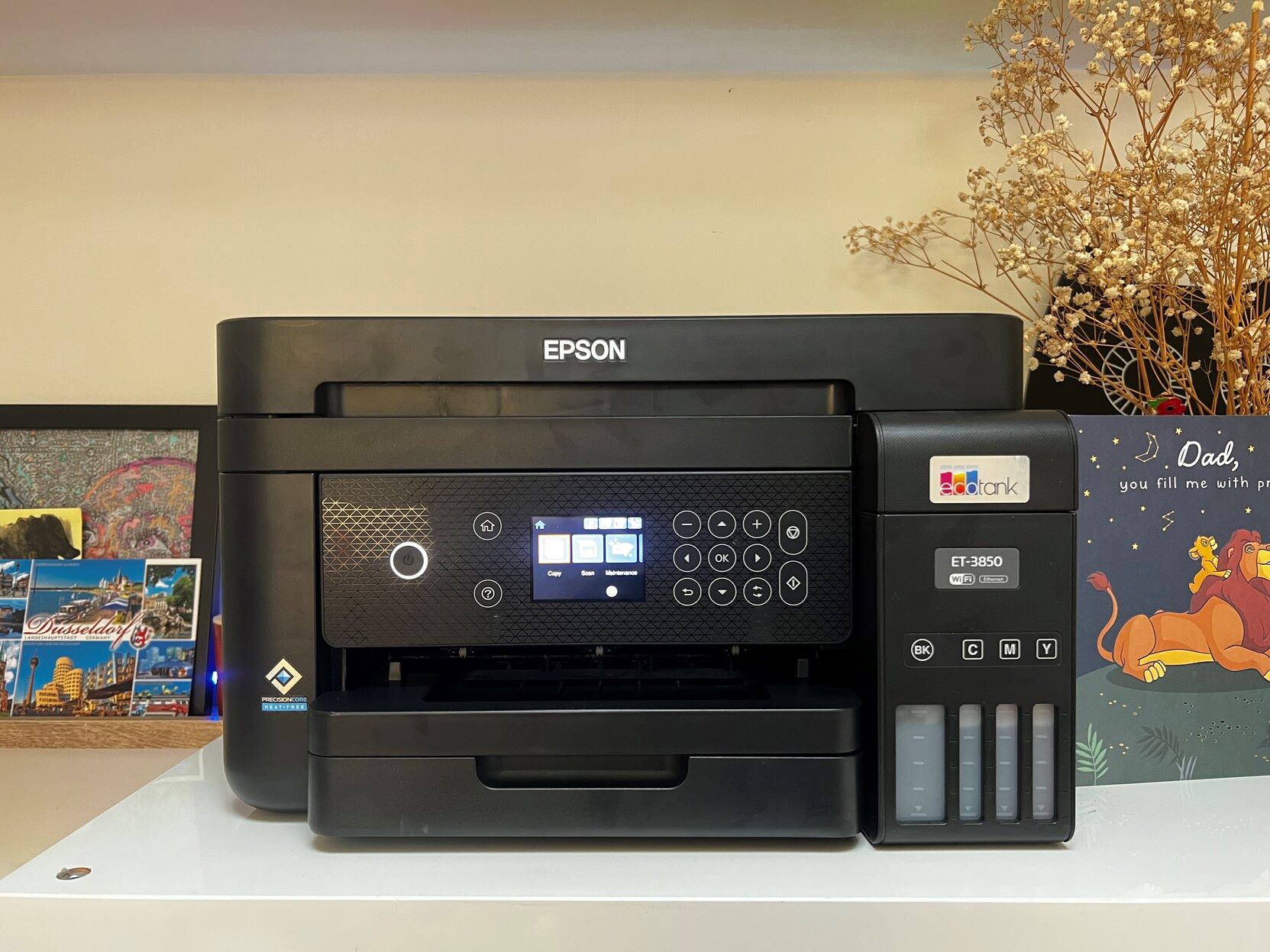
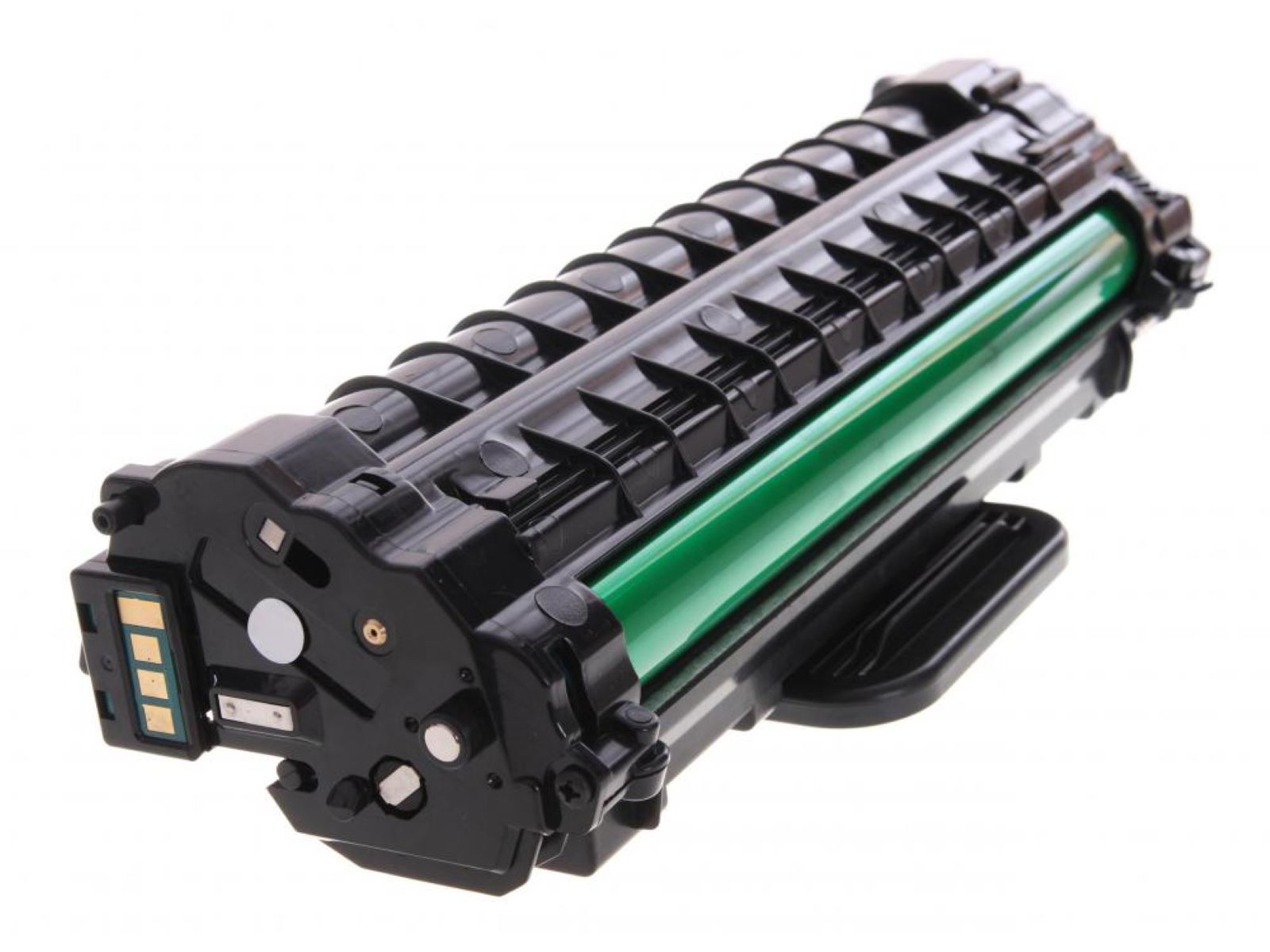
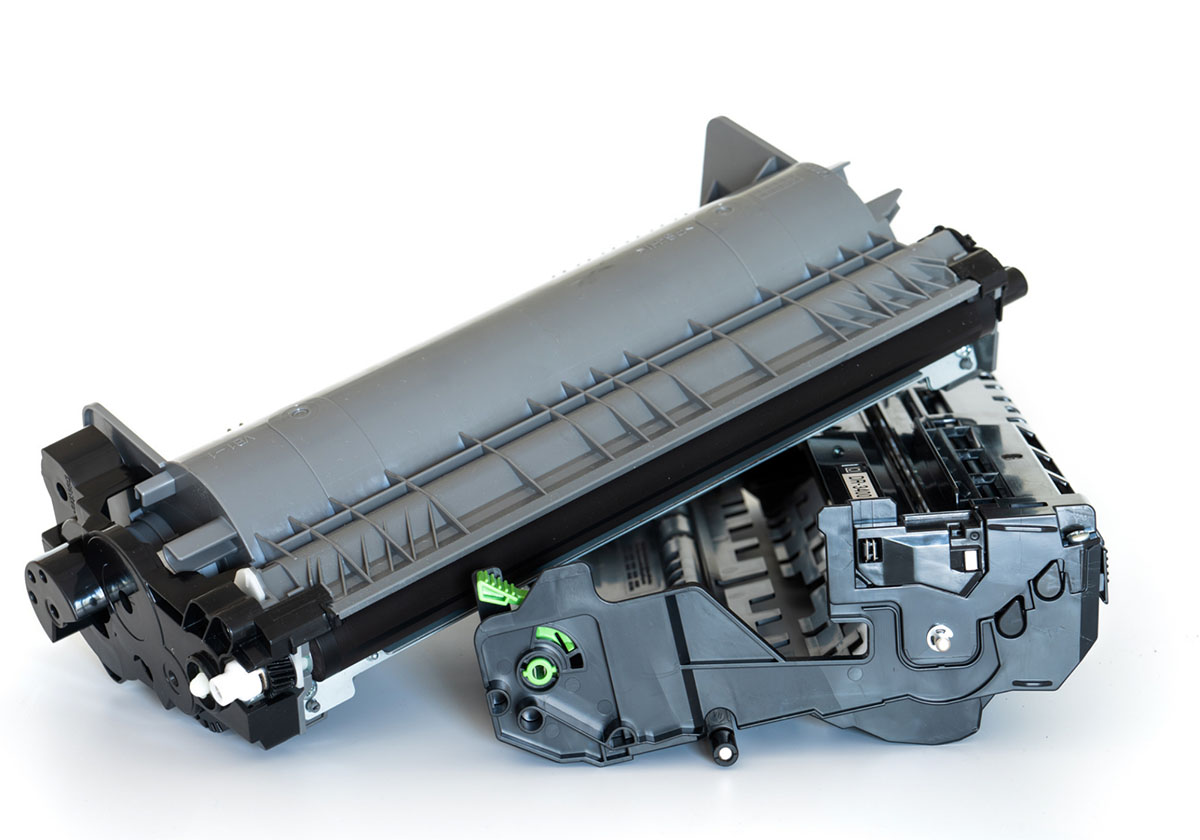
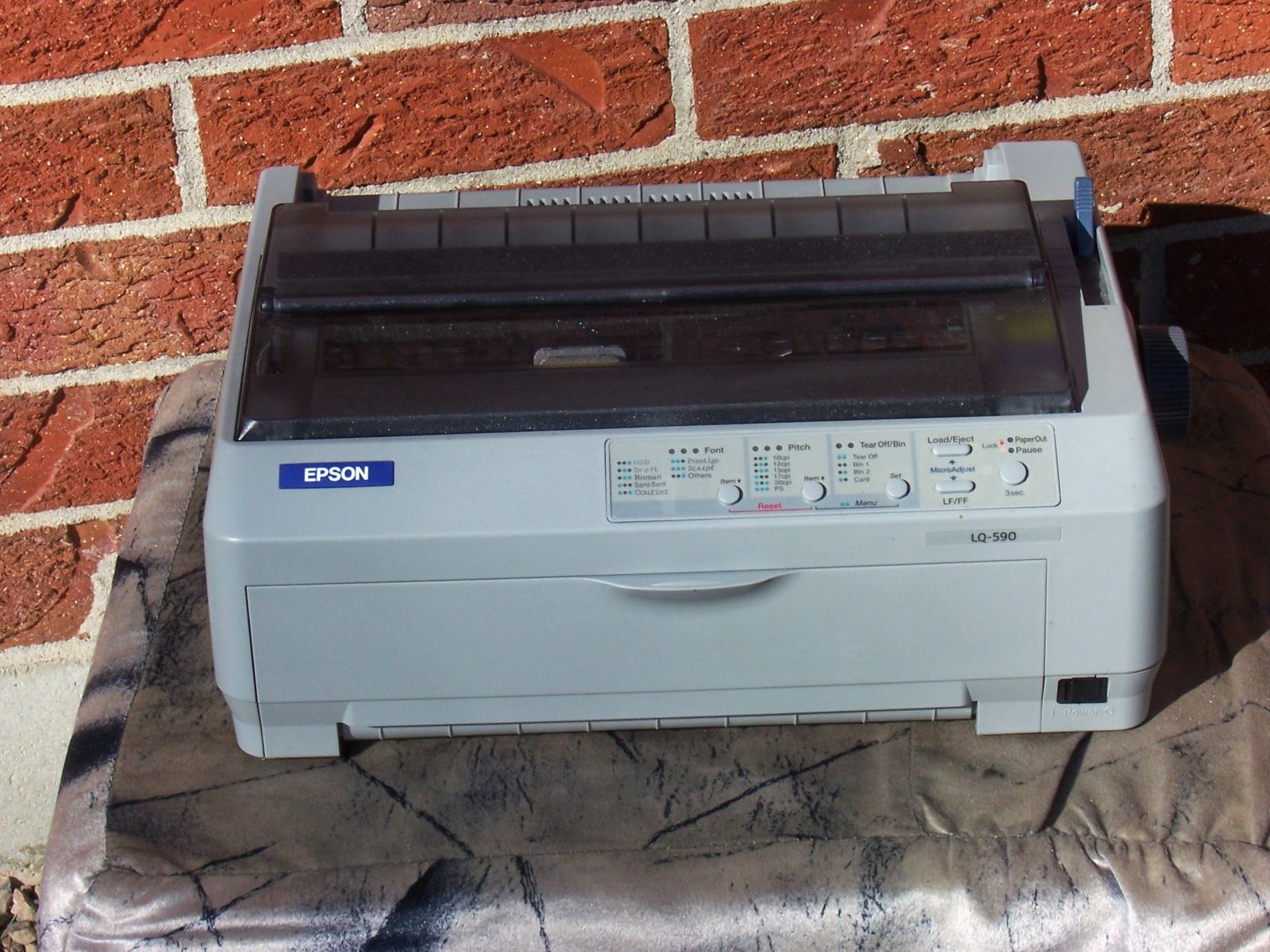


0 thoughts on “What Is A PPD On A Printer”